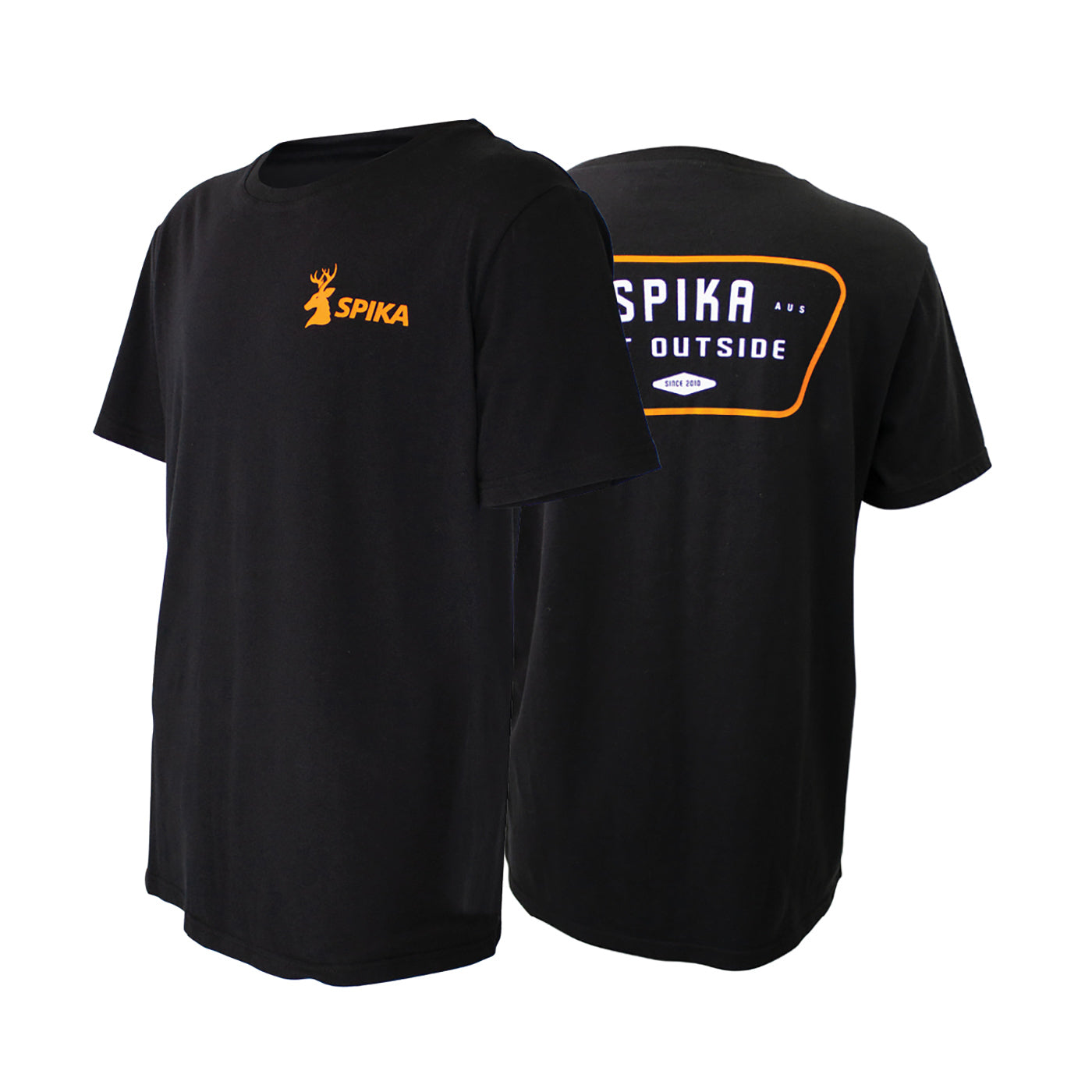Dog Hunting: A Complete Guide for Australian Hunters
Hunting with dogs is a cherished Aussie tradition, from pig-chasing in Queensland to duck retrieving in Tassie. This guide breaks down the best breeds, training tips, safety practices, and essential gear like tracking collars—ideal for hunters chasing deer, pigs, waterfowl, or rabbits.

The Role of Dogs in Hunting
Dogs boost hunting efficiency and ethics. Whether tracking pigs in NSW or flushing rabbits in WA, trained dogs reduce wounded game and strengthen the bond between hunter and companion.
Top Dog Breeds
- Labrador Retriever: Great for duck retrieving. Gentle, intelligent, but needs exercise.
- German Shorthaired Pointer: Agile, excellent tracker for deer and rabbits.
- Australian Cattle Dog: Rugged and tenacious—perfect for pig hunts in the scrub.
- English Setter: Calm and precise; ideal for quail and duck pointing.
- Jack Russell Terrier: Small but fearless, ideal for flushing rabbits and foxes.

Training Essentials
Start young with obedience—sit, stay, come—and progress to scent tracking and retrieval. Simulate real terrain and use collars with beeps or vibration for command reinforcement. Train daily for 10–15 mins.
Dog Safety
- Hydrate often, especially in hot states.
- Use high-vis vests and tracking collars.
- Limit hunts to 4–6 hours, check paws for injuries.
- Watch for ticks and snakes in bushy regions.
Why It's Worth Preserving
Dog hunting is an ethical and cultural practice. When done responsibly, it reduces game loss and connects us to our heritage. Welfare and training are key to maintaining its legitimacy.
Tracking Collars: What to Know
Tracking collars help you monitor your dog’s location and safety. Options include:
- GPS: Real-time tracking, best for open plains.
- RF: Radio-based, great for dense bush without mobile signal.
- Hybrid: Combines GPS and RF—versatile and reliable.
- Health Monitors: Track heart rate, steps, or body temp.

How to Use Them
- Fit snugly with module on the neck’s top.
- Sync with your device before hunts.
- Use beep/vibration features to aid training.
Recommended Features
- 24–72hr battery life
- Waterproof/IP67 rated
- Geofencing alerts for strays
- Remote training functions
Top Brands
- Garmin Alpha: Long range, robust, premium.
- Dogtra Pathfinder: Durable and user-friendly.
- SportDOG TEK: Hybrid system, great for mixed terrain.
- Tractive GPS: Lightweight, great for small dogs.
Tracking Collar vs Dog Bell
- Collars: Precise tracking, more expensive, app-based.
- Bells: Cheap, low-tech, ideal for thick bush.
Using both can balance precision with simplicity.
Safety Tips
- Always charge collars and carry spare batteries.
- Use RF in areas with poor GPS signal.
- Label collars with ID tags.
Storage & Maintenance
- Wipe down after each hunt, avoid full submersion.
- Store in a dry spot with silica gel in humid zones.
- Update maps/software every few months.
Legal Considerations by State
| State | Tracking Collar Regulations |
|---|---|
| NSW | GPS/RF collars allowed; follow ACMA frequency rules (433–915MHz). |
| Victoria | Allowed on private land; public land needs frequency compliance. |
| Queensland | No restriction on private land; use ACMA-approved collars in public areas. |
| South Australia | Permitted; avoid interference with protected zones. |
| Western Australia | Allowed; check conservation area restrictions. |
| Northern Territory | Permitted; public land requires frequency compliance. |
| Tasmania | Allowed with ACMA compliance; restricted in national parks. |
| ACT | Permitted; frequency compliance required on public land. |
Note: Always check local laws and ACMA regulations before using collars in public hunting zones.
Wrap-Up
With the right dog, gear, and training, you’ll hunt ethically and effectively across Australia. Check out our full range of Dog Hunting Essentials including Tracking Collars, First Aid Kits, and High-Vis Gear at Venture Hunting.


